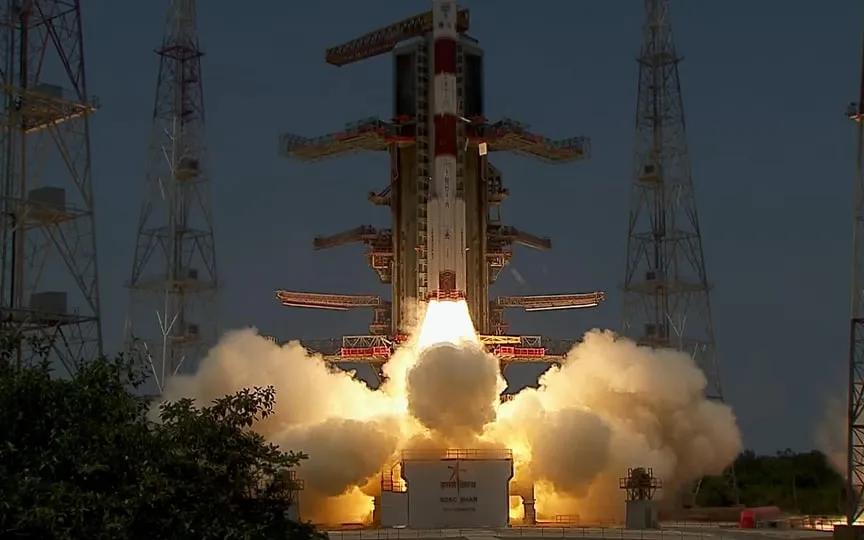Comparing ISRO’s Aditya-L1 and NASA’s Parker Solar Probe: Two Remarkable Solar Missions
India’s inaugural spacecraft dedicated to studying the Sun, known as Aditya-L1, successfully launched from Sriharikota at 11:50 AM local time on a Saturday, equivalent to 06:20 AM GMT. This groundbreaking mission will traverse an extensive distance of 1.5 million kilometers (932,000 miles) away from Earth, merely 1% of the vast gap separating our planet from the Sun. The anticipated duration for Aditya-L1 to reach this remarkable distance is four months.
The US space agency NASA also has its solar spacecraft close to the sun. The Parker Solar Probe has been on a mission to get very close to the Sun since 2018 and stay there in those hellish conditions. This Parker Probe is designed to get closer to the Sun’s surface than any other spacecraft before it. It will encounter extreme heat and radiation to learn more about the Sun’s outer atmosphere, solar wind, and high-energy particles. Parker Solar Probe offers new insights into the behavior of the Sun, space weather and its effects on Earth with special tools and a strong shield.
Let’s talk about the main differences between Aditya L1 and Parker Solar Probe:
1. Proximity to the Sun: Aditya L1 stays quite far from the Sun. It is about 1.5 million kilometers from Earth. However, NASA’s Parker Solar Probe is closing in, passing within 3.9 million miles of the Sun’s scorching surface. It is even closer to the Sun’s outer atmosphere, known as the corona, which is hotter than the Sun’s surface.
2. Instruments: Aditya L1 has seven special tools to help us understand the Sun better:
VELC (Visible Emission Line Coronagraph): takes pictures and measures the temperature, speed and density of the solar corona.
SUIT (Solar Ultraviolet Imaging Telescope): Provides detailed images of the photosphere and chromosphere, helping us learn about these important layers of the Sun.
SoLEXS (Solar Low Energy X-ray Spectrometer): Observes soft X-rays to understand what is happening on the Sun’s surface.
HEL1OS (High Energy L1 Orbiting X-ray Spectrometer): Gives us hard X-ray data that helps us study energetic events in the Sun.
ASPEX (Aditya Solar Wind Particle Experiment): Studies solar wind particles, especially protons and heavy ions, to learn more about the solar wind.
PAPA (Aditya Plasma Analyzer Package): Takes a close look at electrons and heavy ions in the solar wind.
Advanced three-axis high-resolution digital magnetometers: Measure magnetic fields in the solar corona to understand how they change over time.
In contrast, the Parker Solar Probe has four science tools:
FIELDS Experiment: Investigates magnetic fields.
ISIS (Integrated Science Investigation of the Sun): Investigates plasma, which is a hot gas.
WISPR (Wide-Field Imager for Solar Probe): takes pictures of the solar wind.
SWEAP (Solar Wind Electrons Alphas and Protons): Measures particles in the solar wind.
Both missions help us learn more about the Sun, but they use slightly different approaches to gather important information. Aditya L1 stays further away, while Parker Solar Probe boldly goes closer than ever before.




